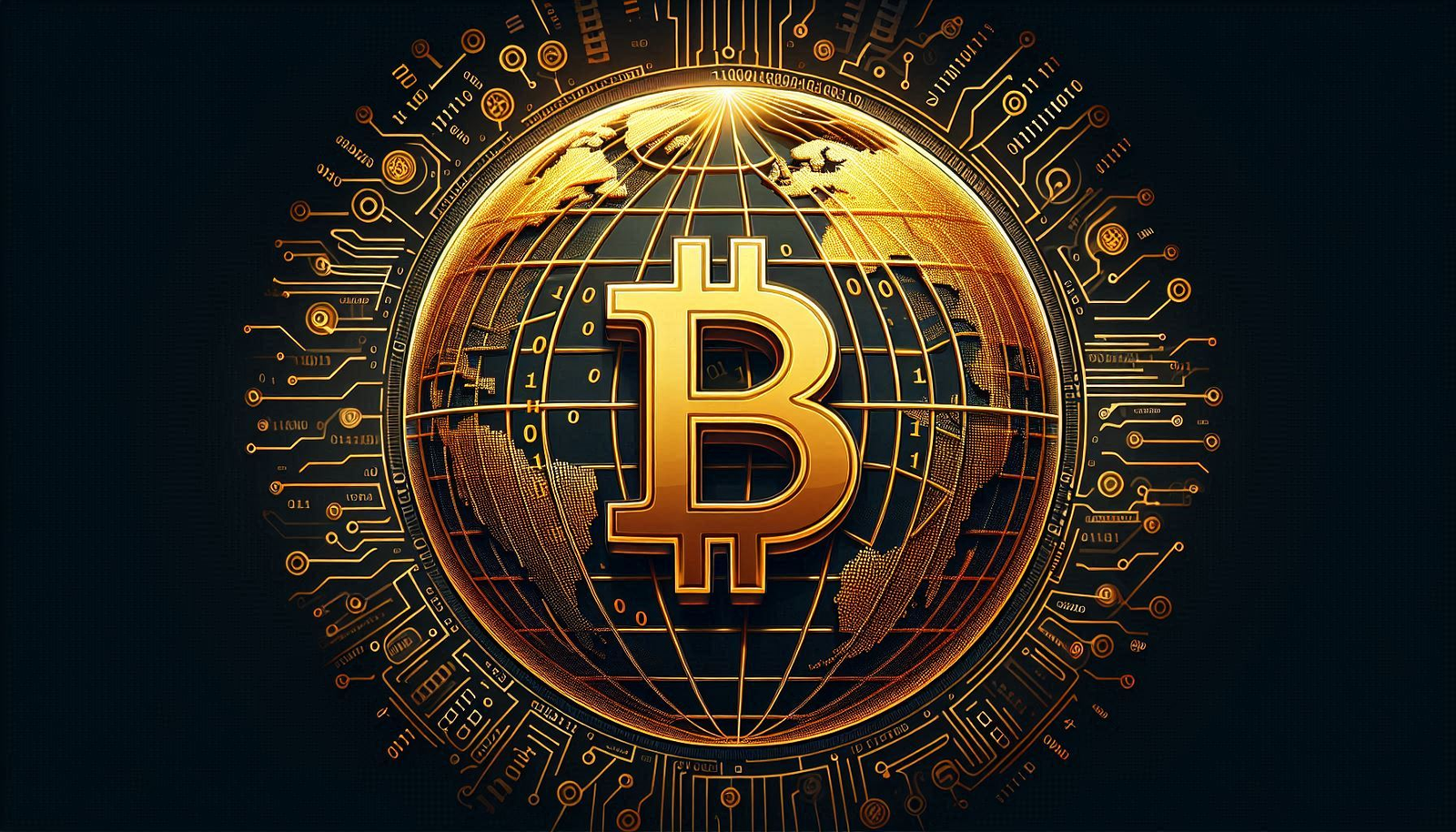Exploring the Impact of Cryptocurrency on Food Delivery Apps: ETH to BTC and the Future of Digital Dining at North Penn Now
Cryptocurrency and the Food Delivery Revolution: Is Digital Currency Set to Transform Food Apps?
In recent years, the food delivery industry has undergone significant transformation, driven by technology and changing consumer preferences. One emerging trend is the integration of cryptocurrency into food delivery apps, with a particular focus on Ethereum (ETH) and Bitcoin (BTC). This digital currency revolution raises an intriguing question: could cryptocurrencies become the dominant payment method for food delivery services?
Cryptocurrencies, led by pioneers like Bitcoin and Ethereum, have gained substantial traction across various sectors due to their decentralized nature and potential for secure transactions. In the food delivery industry, these digital currencies offer several advantages. For one, they promise lower transaction fees compared to traditional payment systems, potentially enabling both consumers and businesses to save money. Additionally, the use of cryptocurrencies could facilitate international transactions, allowing travelers or expatriates to order food without the hassle of currency conversion.
Several food delivery platforms have already begun experimenting with cryptocurrency payments. Companies are exploring partnerships with crypto-wallet providers to streamline the payment process, making it more accessible to everyday users. For instance, some apps are offering incentives such as discounts or loyalty points for customers who choose to pay with digital currencies, thus encouraging broader adoption.
Moreover, the transparency offered by blockchain technology, the backbone of cryptocurrencies, can enhance trust between consumers and food delivery services. By leveraging blockchain, companies can track the entire supply chain process, ensuring that food is sourced ethically and delivered fresh. This level of transparency could become a significant selling point in an era where consumers are increasingly conscious of the origins and handling of their food.
However, there are challenges to overcome before cryptocurrencies can dominate the food delivery market. One significant hurdle is the volatility of cryptocurrencies, which can fluctuate wildly in value. To address this, some platforms are considering stablecoins—cryptocurrencies pegged to stable assets like fiat currency—as a more reliable payment option. Additionally, the regulatory landscape for cryptocurrencies continues to evolve, and companies must navigate these changes carefully to avoid legal pitfalls.
Another consideration is the user experience. For widespread adoption, food delivery apps must ensure that paying with cryptocurrencies is as seamless and intuitive as traditional payment methods. This involves integrating user-friendly interfaces and providing customer support to assist with any issues that may arise during transactions.
In conclusion, while cryptocurrencies like Ethereum and Bitcoin offer promising advantages for the food delivery industry, their potential to dominate the market is contingent on overcoming several challenges. If these can be addressed, digital currencies may well become a standard feature in food delivery apps, offering a glimpse into a future where financial transactions are as innovative as the technology driving them. As the digital currency landscape continues to evolve, both food delivery services and consumers will play a crucial role in shaping this exciting frontier.


